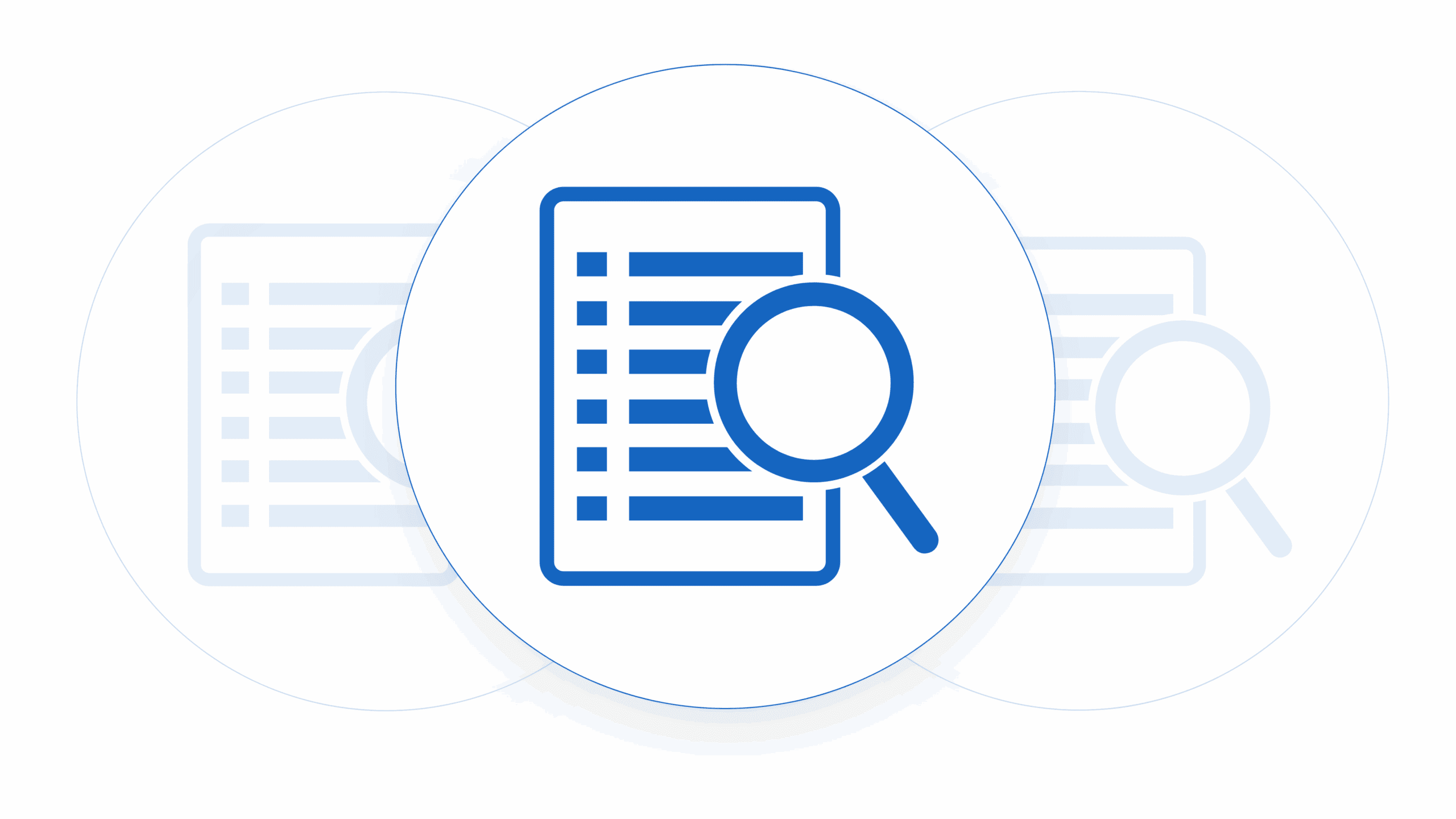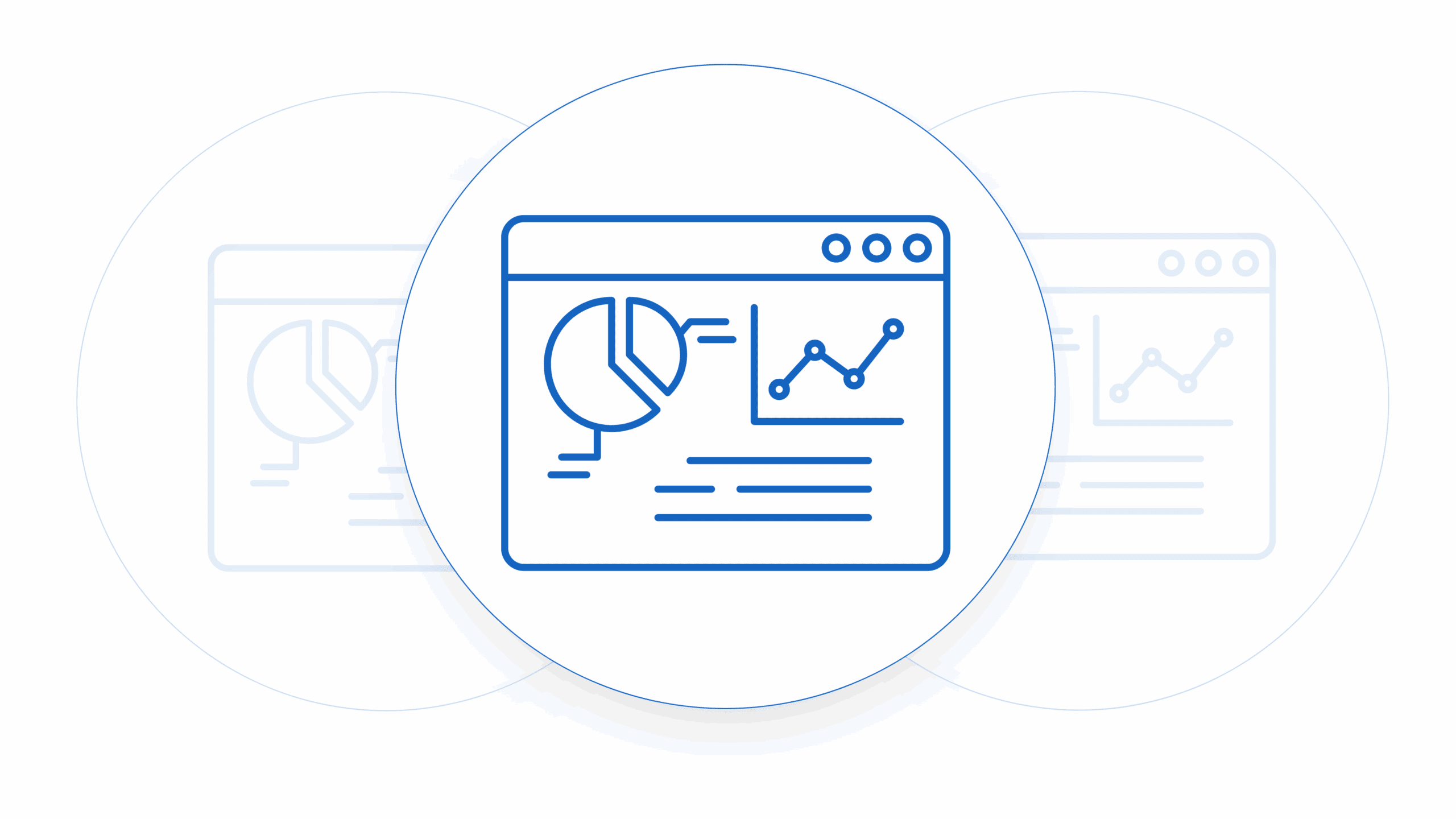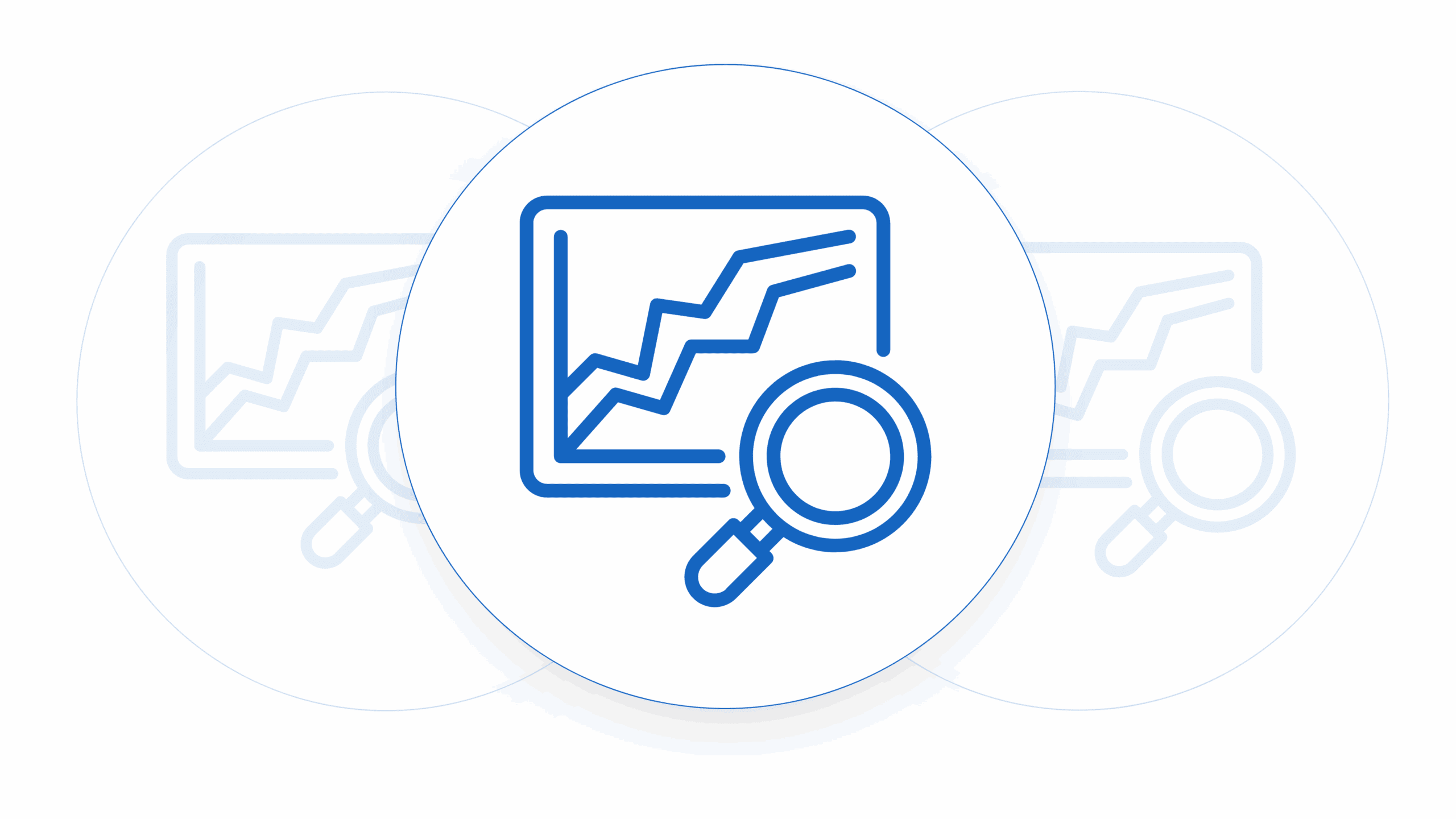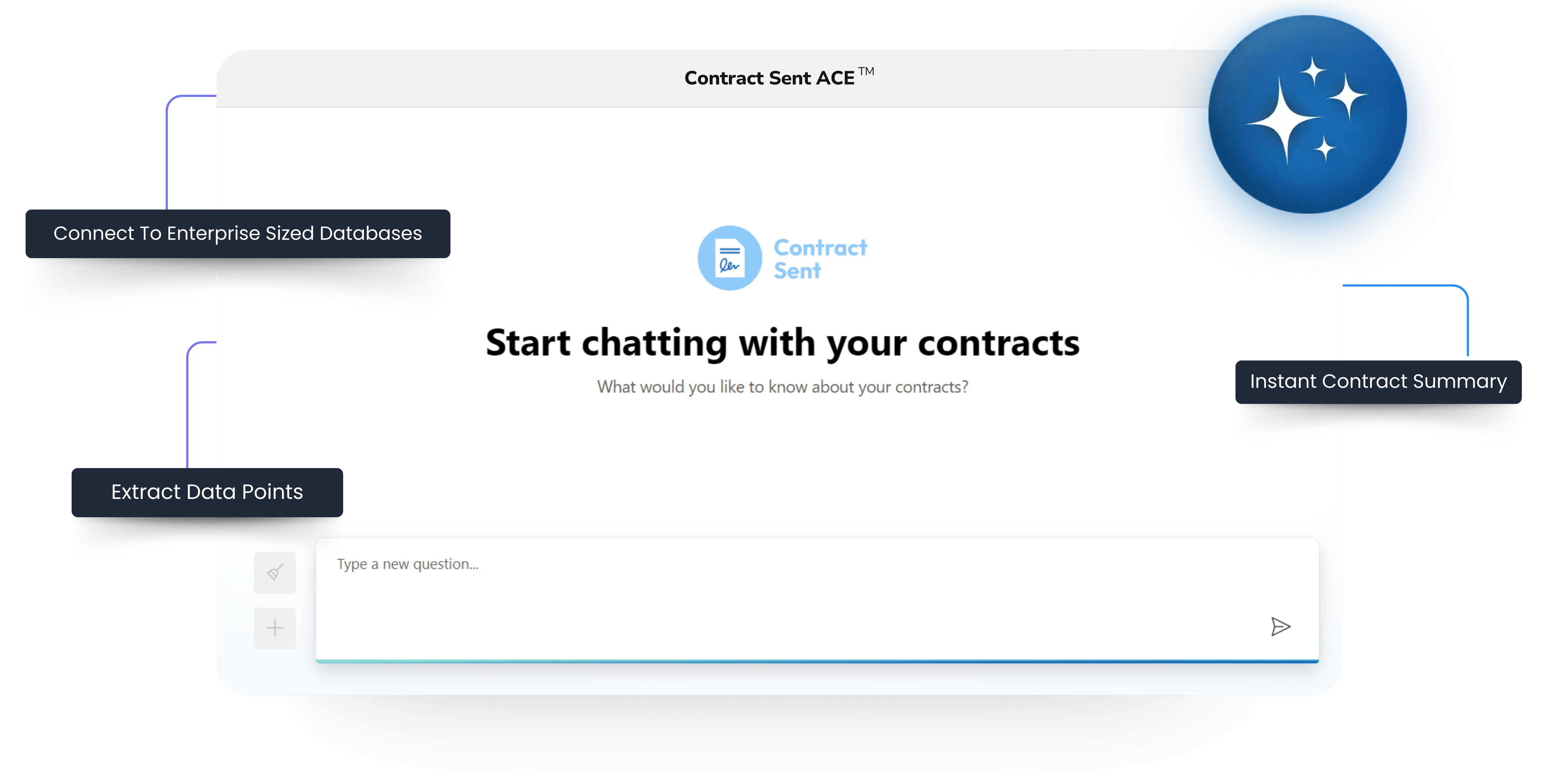Introduction
It’s often said in that when you’re building a Software as a Service (SaaS) product that you start by doing things that won’t scale to find out what the market wants and then figure out how to scale them. Every function in the business needs to figure out how to scale and legal is no different. Standardizing SaaS sales contracts is a pivotal step in this direction, ensuring consistency, reducing risks, and accelerating the sales cycle. In this blog, we’ll have a bit of a look into the key strategies to standardize your SaaS sales contracts and build out the path to scale so you don’t end up tripping over yourself as things accelerate.
1. Understand Your Product and Pricing Structure Before You Standardize SaaS Sales Contracts
Before standardizing your SaaS sales contracts, it’s crucial to have a deep understanding of your product offerings and pricing structure. Clearly define your SaaS solutions, their features, and the various pricing plans available. This knowledge forms the foundation for creating standardized contract templates that accurately reflect your offerings.
2. Create a Master Contract Template
Develop a master template that serves as the core structure for all your SaaS sales contracts. This template should include standardized sections such as:
- Introduction: An overview of the parties involved and the purpose of the agreement.
- Scope of Services: Clearly outline the services offered, including software functionalities, support, and any additional services.
- Subscription Terms: Define the duration of the subscription, renewal options, and any applicable termination clauses.
- Payment Terms: Specify pricing details, payment schedules, and any applicable fees.
- Intellectual Property Rights: Clearly outline ownership and usage rights for the software.
- Confidentiality: Define how confidential information will be handled by both parties.
- Limitation of Liability and Indemnification: Clearly state the limitations on each party’s liability and the indemnification obligations.
- Governing Law and Dispute Resolution: Specify the jurisdiction governing the agreement and the process for dispute resolution.
3. Customization for Specific Use Cases
While having a master template to standardize SaaS sales contracts is an essential first step, it’s equally important to allow for customization based on specific use cases. Create modular sections within the template that can be easily modified to accommodate variations in pricing, services, or terms. This flexibility ensures that the standardized contract remains adaptable to the unique needs of different clients.
4. Legal Review and Compliance
Engage legal professionals to review and validate your master template. Ensure that your standardized SaaS sales contracts comply with local and international laws, industry regulations, and data protection requirements. This step is crucial for minimizing legal risks and instilling confidence in your clients regarding the integrity of the contractual relationship.
5. Implement an Approval Process
Establish a standardized approval process for contracts within your organization. Define roles and responsibilities for review and approval, ensuring that key stakeholders, including legal, finance, and sales, have the opportunity to provide input. A well-defined approval process helps maintain consistency and prevents the use of non-standardized agreements that may introduce unnecessary risks.
6. Utilize Contract Management Software
Invest in contract management software to streamline the creation, storage, and tracking of standardized SaaS sales contracts. These tools often include features such as template libraries, electronic signature capabilities, and version control. By centralizing your contract management process, you enhance efficiency, reduce errors, and have a clear audit trail for all contract-related activities.
7. Regularly Update and Review
The SaaS landscape is changing every day, with technology, regulations, and market trends evolving rapidly. Regularly review and update that work you’ve done to standardize SaaS sales contracts to ensure they remain relevant and compliant. Schedule periodic reviews with your legal team to incorporate any necessary changes, keeping your contracts in sync with the latest industry standards and legal requirements.
Standardizing SaaS sales contracts is a strategic imperative for SaaS companies aiming for scalability and operational efficiency. By creating a master template, allowing for customization, engaging legal expertise, implementing an approval process, utilizing contract management software, and staying proactive in updates, you can establish a robust framework that accelerates your sales cycle, minimizes legal risks, and fosters trust with your clients. Embrace standardization, and propel your SaaS business towards seamless growth in the competitive digital landscape.
Still digging in folders?
Faster contract reviews & data access
Sales Negotiations As You Standardize SaaS Sales Contracts
Negotiating with enterprise-sized customers to agree to your SaaS product’s standard Master Service Agreement (MSA) instead of using their terms and conditions can be challenging but is often essential for consistency, legal compliance, and operational efficiency. Here are three effective negotiation tactics:
1. Emphasize Industry Best Practices and Standards:
Enterprise-sized customers often have their own set of terms and conditions developed to align with their internal processes and risk management strategies. However, by emphasizing that your standard MSA aligns with industry best practices and widely accepted standards, you can build a case for its efficiency and reliability.
- Educate on Industry Standards: Begin the negotiation by highlighting that your standard MSA incorporates industry standards and compliance measures widely accepted in the SaaS sector. This can include security protocols, data protection standards, and regulatory compliance requirements.
- Efficiency and Familiarity: Emphasize that using your standard MSA streamlines the contracting process. It is likely that your MSA has been successfully utilized in numerous agreements, making it a familiar and efficient choice for both parties. This efficiency can lead to quicker deal closures and a smoother onboarding process.
- Highlight Previous Success Stories: Share success stories and testimonials from other enterprise customers who have found value and efficiency in adopting your standard MSA. This social proof can instill confidence in the reliability and fairness of your contract terms.
2. Offer Customization Within Reasonable Limits:
While advocating for the adoption of your standard MSA, be open to reasonable customization. This tactic shows flexibility and a willingness to accommodate the unique needs of your enterprise customers. However, set clear boundaries to ensure that customization does not compromise the integrity of your standard terms.
- Modular Sections for Customization: Structure your MSA with modular sections that can be easily customized. This allows for flexibility while maintaining the core integrity of the agreement. Common areas for customization include pricing, service levels, and specific deliverables.
- Define Limits and Constraints: Clearly communicate the limits to customization. This prevents scope creep and ensures that the core aspects of your standard MSA, such as data security and intellectual property rights, remain intact.
- Cost-Benefit Analysis: During negotiations, conduct a cost-benefit analysis of proposed customizations. Highlight the potential impact on implementation timelines, resource allocation, and overall project success. This can guide the customer towards accepting reasonable standard terms.
3. Position Your Standard MSA as a Partnership Enabler:
Illustrate how adopting your standard MSA can contribute to a collaborative and long-term partnership. Frame the discussion around the mutual benefits of using a standardized agreement, emphasizing transparency, consistency, and shared objectives.
- Long-Term Relationship Focus: Stress that your standard MSA is designed to foster a long-term partnership. Consistent contract terms provide a stable foundation for collaboration, fostering a sense of trust and reliability.
- Risk Mitigation: Emphasize how standardized terms contribute to risk mitigation for both parties. By utilizing a proven MSA, potential ambiguities and disputes are minimized, allowing both parties to focus on achieving their business objectives.
- Efficiency and Time-to-Value: Position your standard MSA as a tool that accelerates the negotiation process, reducing time-to-value for both parties. This can be especially compelling for enterprise customers looking to implement your SaaS solution swiftly and efficiently.
Successfully negotiating for the adoption of your SaaS product’s standard Master Service Agreement with enterprise-sized customers requires a strategic approach. By leveraging industry best practices, offering reasonable customization, and positioning your standard MSA as a partnership enabler, you can increase the likelihood of securing agreements that align with your business objectives while satisfying the unique needs of your enterprise customers.
How To Leverage Your Standard SaaS Sales Contracts
One of the key advantages when you standardize SaaS sales contracts is to follow on affect of what you can do with that data. It makes it much easier to put contract data into a spreadsheet format or database like Contract Sent. This offers several advantages, providing a structured and organized way to manage, analyze, and extract insights from the information contained in contracts. Here are some key advantages:
1. Organization and Accessibility:
- Structured Information: Formatted data provides a structured format to organize contract data systematically. Each row can represent a different contract, while columns capture specific details such as parties involved, dates, terms, and obligations.
- Easy Retrieval: With software built to format contract data, accessing and retrieving specific contract information becomes quick and efficient. Users can sort, filter, and search for data based on various criteria, making it easy to find relevant details when needed.
2. Data Analysis and Reporting:
- Data Visualization: Once you have data extracted from PDFs it enables the creation of charts and graphs, allowing for visual representation of contract data trends, patterns, and key metrics. This visualization aids in better understanding the overall contract landscape.
- Summarization: Formulas and functions within data structures facilitate the summarization of data. For instance, you can calculate the total contract value, average duration, or identify contracts with specific characteristics like contract billing terms.
3. Consistency and Standardization:
- Template-Based Entry: Using a contract management tool that structures contract data allows for template-based data entry. This promotes consistency in how information is recorded, ensuring that essential details are captured uniformly across all contracts.
- Standardized Formatting: By using predefined data fields and consistent formatting, tools like Contract Sent help standardize the way contract data is presented. This standardization simplifies the process of reviewing and comparing contracts.
4. Flexibility:
- User-Friendly Interface: Contract management tools that allow for tracking data in a structured way in their interfaces are typically user-friendly, allowing users to add, modify, or delete data with ease. This flexibility is advantageous for managing contracts with diverse terms and conditions.
5. Collaboration and Sharing:
- Collaboration: Tools like Contract Sent support collaboration, enabling multiple team members to work on and update contract data as a team. This promotes efficient teamwork, especially when managing a large volume of contracts.
- Easy Sharing: Exports can be easily shared with stakeholders inside and outside the organization. This is beneficial for collaboration with legal teams, executives, auditors, or external partners who may need access to contract information.
6. Integration with Other Tools:
- Data Integration: Tools like Contract Sent can be integrated with other tools and software, such as Customer Relationship Management (CRM) systems. This integration allows for seamless data flow and consistency across different business functions.
- Import and Export Capabilities: Many applications support the import and export of data in various formats. This makes it convenient to transfer contract data between different systems or collaborate with external partners who may use different tools.
7. Cost-Effective Solution:
- Accessible Software: Contract management software is widely available but often quite expensive. Contract Sent has been built specifically for startups with a low cost unlimited users cost structure making it a cost-effective solution for small to medium-sized businesses. This accessibility allows organizations to implement a contract management system without significant additional expenses.
In summary, using tools that format contract data like a spreadsheet or data base offers advantages in terms of organization, analysis, customization, collaboration, and cost-effectiveness. It provides a versatile and user-friendly platform for managing contract information efficiently and extracting valuable insights for informed decision-making.











